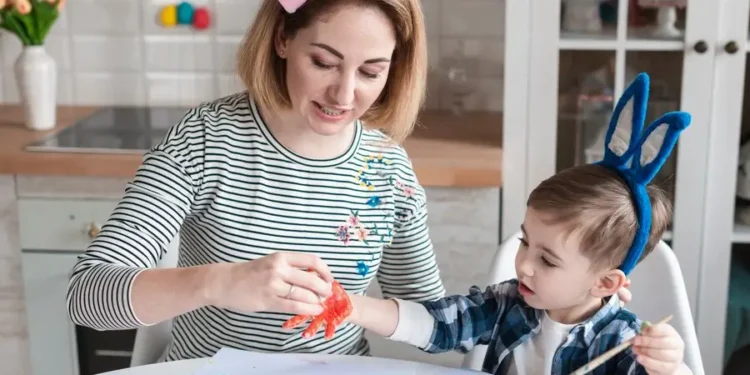When it comes to helping a child with autism, parents often explore different therapy options. One popular choice is Applied Behavior Analysis, or ABA therapy. This method is known for improving communication, social, and learning skills through positive reinforcement. But how do you know if this therapy is a good fit at home? Many families consider aba therapy at home for its comfort and flexibility—but is it the right choice for your child?
What Is In-Home ABA Therapy?
In-home ABA therapy is when a trained therapist works directly with your child in your own home. The therapist teaches daily life skills and behavior strategies in a familiar environment. This can help your child feel more relaxed and ready to learn.
How Does ABA Therapy Work?
ABA therapy is based on the idea that positive behaviors can be taught and repeated. The therapist breaks down big tasks into smaller steps, teaches them one by one, and rewards the child for doing well. Over time, the child learns to repeat good behaviors more often.
Benefits of In-Home ABA Therapy
One big benefit is that learning happens in real-life settings. Your child practices skills in the kitchen, bedroom, or backyard—places they already know. It’s also easier for parents to watch and join the sessions, which helps with consistency.
Is It Suitable for Every Child?
Not always. Some children may learn better in a group setting or at a clinic. Others might need special tools or support that aren’t available at home. If your child is easily distracted or needs interaction with other children, you may need to look at different therapy options.
What Role Do Parents Play?
In-home therapy allows parents to take an active part. You can observe sessions, ask questions, and use the same methods during daily routines. This teamwork helps your child make progress even after the therapist leaves.
How Long Are the Sessions?
Therapy sessions usually last between 2 to 5 hours a day, several times a week. The schedule depends on your child’s needs and goals. Some children may need more intense therapy, while others might only need a few hours each week.
Can You Trust the Therapist?
Always check the therapist’s experience and credentials. A certified therapist should have training in ABA and a license or certification in your state. You can ask for references, read reviews, or talk to other parents for feedback.
How Much Does It Cost?
ABA therapy can be expensive. However, many insurance plans cover it if your child has an autism diagnosis. You can also look for state programs or school services that offer financial help.
What If You’re Not Sure Where to Start?
You can contact an autism therapy group near you for guidance. These groups often offer assessments, therapy options, and parent support. They can also match you with a trained therapist for your child. Having a support group can help you feel less overwhelmed and more confident in your choices.
What Questions Should You Ask Before Starting?
Before starting in-home ABA therapy, ask these important questions:
- Is my child comfortable learning at home?
- Can I commit the time needed for therapy sessions?
- Is my home environment suitable for focused learning?
- Will I be able to work closely with the therapist?
- What are the short-term and long-term goals?
In-Home vs. Clinic-Based ABA Therapy
Clinic-based therapy may offer more structured sessions and access to tools and toys used for learning. In-home therapy gives personal attention in a familiar setting. The best choice depends on your child’s learning style and your family’s daily routine.
How Long Before You See Progress?
Every child is different. Some show changes in a few weeks, while others may take months. The key is to be patient and stay involved. Regular meetings with the therapist will help track progress and adjust the plan as needed.
How to Make the Most of In-Home ABA
Here are a few tips to make it work well:
- Set up a quiet, distraction-free space for sessions.
- Keep a notebook to track goals and progress.
- Follow through with therapy techniques during the day.
- Celebrate small wins and encourage your child daily.
When to Reconsider In-Home Therapy
If you notice that your child is not improving or seems unhappy with the sessions, it may be time to try a different method. Talk to your therapist about other options or add more support from school or the community.
Final Thoughts
Choosing the right therapy for your child is a big decision. In-home ABA therapy offers comfort, convenience, and a personal touch. But it’s not the best choice for every child or every family. Be open, ask questions, and trust your instincts.
aba therapy at home can be life-changing when it fits your child’s needs. Explore your options, talk to professionals, and take it one step at a time. The right support makes all the difference.











